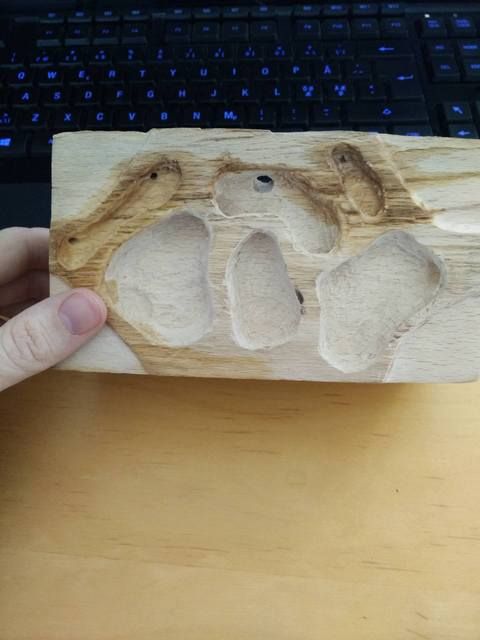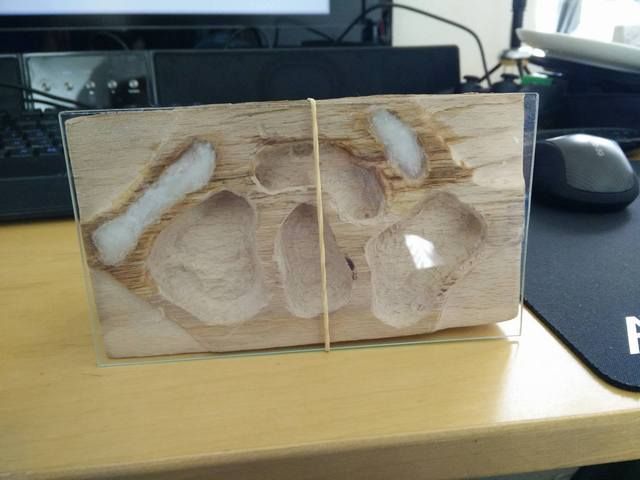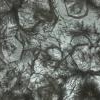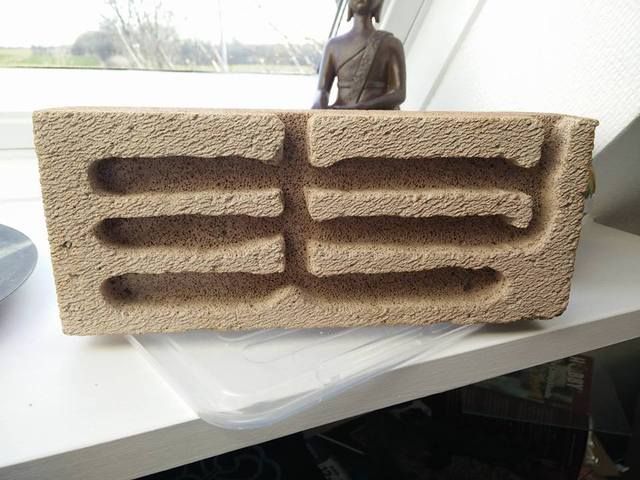Hello!
About a week ago, I was out splitting logs for the fireplace. I managed to split a piece with a completely flat face and I instantly saw potential in it. I shortened it down with a saw, ran some sandpaper over the face to make it even more flat and brought it inside.

At first I had planned to use a square acrylic box that I've used a couple times in the past. This idea was later scrapped, as I figured it was a bit too small. It was also at this point that I decided that the log should be a free-standing nest, with a seperate piece of glass covering it, so that I could move it easily and swap it out, once it got to be too small for the colony. Luckily I had a pane of picture-frame glass lying around, so I cut that up and sanded the sides.
I then purchased a dremel multitool so I could carve out some tunnels. I don't know why I didn't do this earlier, as it is a wonderful tool to work with. I also bought some magnets to hold the pane of glass in place on top of the nest.
After receiving the tool, I started carving tunnels in the log. I also made indentations in each corner.

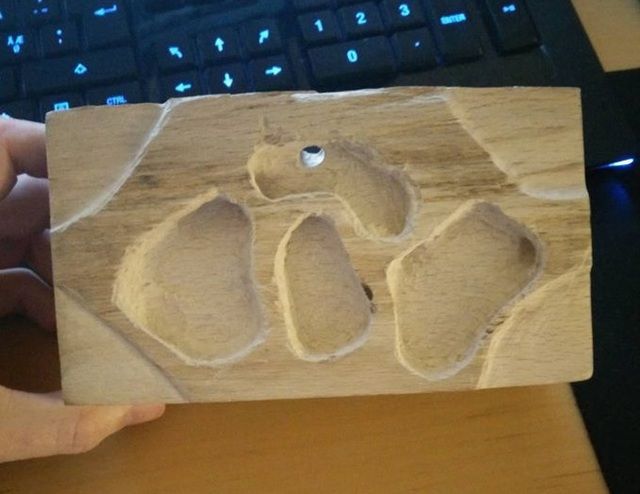
1mm thick plastic corners will be glued in the indentations and the magnets will be glued on top of that, so that they are secure.
I also managed to pick up a dirt cheap 54 liter aquarium, which I think will be the outworld for the finished product.
That's pretty much where I am at now. On the to-do list is "cooking" the nest, once I am sure the tunnels are deep enough, so that any harmful stuff is killed off. Then I'll need to glue on the plastic and the magnets so the pane of glass can be fixed - and lastly I will need to make the outworld. I'll be posting updates once that happens. ![]()




